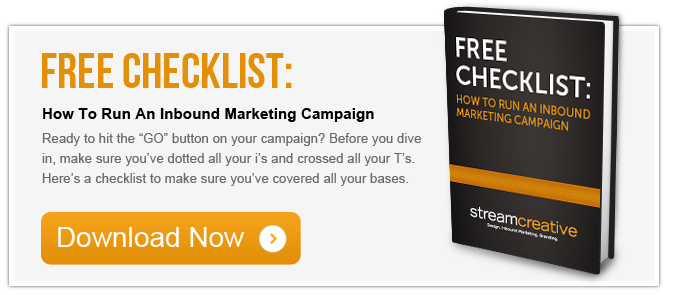![]() If you are a marketer that has incorporated social advertising into your marketing plan, it’s likely that you’ve heard about Facebook’s new conversion pixel that was rolled out in the summer of 2015. If you are new to social advertising, it is important to understand how conversion measurement allows you to track actions people take after viewing your Facebook ads across various devices. By creating a Facebook pixel and adding it to the pages of your website where conversions happen (like a check-out or thank you page), you’ll get a clear picture of who converts as a result of your Facebook advertising.
If you are a marketer that has incorporated social advertising into your marketing plan, it’s likely that you’ve heard about Facebook’s new conversion pixel that was rolled out in the summer of 2015. If you are new to social advertising, it is important to understand how conversion measurement allows you to track actions people take after viewing your Facebook ads across various devices. By creating a Facebook pixel and adding it to the pages of your website where conversions happen (like a check-out or thank you page), you’ll get a clear picture of who converts as a result of your Facebook advertising.
The new Facebook pixel is setup to be an all-in-one tracking pixel that is different from years past. In early 2014 and 2015, marketers had to install one website custom audience pixel and then individual conversion pixels were added to thank you pages to measure each opt-in.
In this tutorial I am not going to talk about those differences or explain how you might need to make changes. Here are two good resources to help you with that process:
http://rickmulready.com/facebook-pixels-aopt/
https://www.facebook.com/business/help/952192354843755
Instead, I am just going to walk through why you would want to use the new Facebook pixel and how to set it up on your web site.
What is a Pixel?
A Facebook Pixel is a snippet of code that you can embed on your website, just like you might have done for Google Analytics. You add this code to any page on your website that you may want to track users.
Why do you want to add a Facebook pixel to your site?
Two quick reasons come to mind:
1. Just like building your email list, you can use a Facebook pixel to collect general information about website visitors’ interaction with your site, as well as the pages you specifically define. You can then serve Facebook ads to this group of warm traffic; people that have already visited your web site.
2. By adding conversion tracking on your website thank you pages (after someone opts in to a lead magnet, requests an appointment, consultation, etc.) it allows you to measure your Facebook ads and see which ads are converting better than others.
In my opinion the new Facebook pixel makes conversion tracking, optimization and remarketing easier. You can use the new pixel with standard events (which I’ll explain shortly) to access features like:
Conversion tracking. Measure the success of your ad by analyzing the actions taken as a direct result of your ad.
Optimization. Automatically bid for conversions after you set up your pixel.
Re-marketing. Re-market (reach people who have visited your website), or those who have visited specific pages or take specific actions.
Tutorial - Part 1
Setup up your Facebook pixel on your website in two steps:
1. The first step is to create your Facebook pixel:
- Login to Business Manager in Facebook
- Click on your Ad Account for your business
- Go to your Facebook Pixel tab in Ads Manager.
- Click Create a Pixel
- Enter a name for your pixel. There's only one pixel per ad account, so choose a name that represents your business.
- Make sure you've checked the box to accept the terms
- Click Create Pixel.
2. The second step is to add the pixel to your website pages:
- Go to your Facebook Pixel tab in Ads Manager.
- Click Actions > View Pixel Code.
- Click the code to highlight it.
- Right-click and select Copy or use Ctrl+C/Cmd+C.
- Click Done.
- You now want to go to your website content management system to add the code. Getting there varies from site to site. In this example, I am showing you how we would add the code to a HubSpot page. And here’s another example where you would do it on a LeadPages landing page.
Paste the Facebook pixel code between the <head> and </head> tags of your web page. You may already have other existing code between the head tags, so just place the pixel code underneath that, but above </head>.
Every pixel id is unique to the specific Ad account. This is important to note because you don’t want to use this pixel code on any other website.
Now that you have your pixel code on your site, I would recommend using the Facebook Pixel Helper chrome plugin to test if it’s working. Once you install it, you can click on the plugin in your browser to verify your pixel works properly.
If you see a green #1 in the plugin, you know it’s working. You can also click on the plugin to get more details and verify your pixel id.
In part two of this tutorial series, I’ll show you two other steps to help track conversions and optimize your ads with Standard Events and Custom Conversions.





